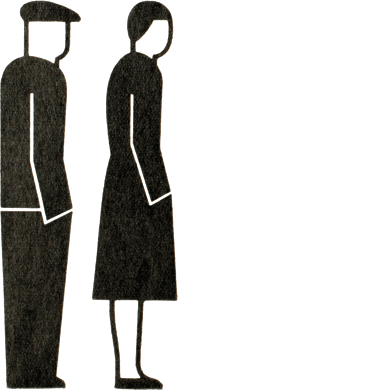
Otto Neurath is a name familiar in the field of graphic design: the Austrian social scientist is known as the father of the Isotype, the pictographic system used to illustrate quantitative information. The name Gerd Arntz is a lot less recognizable, and it's a shame, for Arntz was the graphic designer who actually put Neurath's ideas into action, the man who created all those wonderful and utterly legible images. A lovely new monograph on Arntz, published with obvious care by 010, tells his story and reproduces work that can, in every sense, be called iconic.
I typically associate the data visualizations of Neurath and Arntz with the postwar years of mid-century optimism and plenty— corporate growth, scientific discovery, jet travel, international athletics. Their work was often appropriated for the promotion of these things, and often by Neurath and Arntz themselves. In these situations, it has a technocratic and essentially optimistic character.

Here, for instance, is an information graphic depicting the population growth of New York over three centuries. Simple. Beautiful. Revealing.
Neurath and Arntz, however, were not apolitical men. It is bracing to learn that their entire project grew from the same socialist political ideals as so much early modern architecture. Arntz's most characteristic image is probably an unemployed worker, a small miracle of graphic artistry that conveys its meaning with a combination of delicacy and force.

Notice the subtly tapered leg of his trouser. Perfect.

During the twenties and thirties, Arntz created a series of woodcut prints on political subjects. "The Third Reich" (1934) has Hitler on top of an unholy pyramid of war profiteers, thugs, soldiers, and executioners. The whole thing was set at a slight angle to impart a feeling of instability—he thought the Reich was doomed to failure, which it was, but not soon enough, and not before Arntz himself was conscripted into its service, a bitter irony. He survived the war, and reunited with Neurath in Holland.
For an online catalog of Arntz's work, check out the Gerd Arntz web archive.
